Graphic Design Agency or Freelancer: Which is Favourable to your Client?
Comments Off on Graphic Design Agency or Freelancer: Which is Favourable to your Client?The right design concepts for your clients play a significant role in attracting customers to their business. A business can utilise marketing signs to reach their targeted audience. And signs can be incorporated into offices, billboards and even vehicles. But for a business owner choosing the right people to do your concept can be vital as delivering your goals.
Also, innovations in technology have made it even more difficult for clients to choose between freelancers and established agencies. Each option presents various advantages in terms of style, system and methodology, but you can read through the following comparisons to help you get into the mindset of a client that’s deciding on who to hire.
Approach
It’s a given that design agencies tend to work with templates and streamlined processes to come up with their project creations. The adherence to schedules and deadlines make it easy for every staff member be fully utilised to work with multiple clients. Creative firms have the experience and resources to work on large accounts as well, and you can expect a more professional approach in dealing with you as a client.
With freelancers there is a bigger chance of having your design be consistently on top of the priorities. You can often count on them to focus on your project, and the absence of superiors ensures that there won’t be much distractions. In addition, freelancers often involve just a single person or a small group of people, making it less likely for your design to be passed on from person to person.
Style and Creativity
Agencies have access to more resources because of their financial state. Management won’t hesitate to fill their library with paid subscriptions and software packages. These compiled assets open up lots of design possibilities. Coupled with a broad range of ideas from teams and departments, the creative agency can deliver you a decent design. You may also check on previous corporate jobs and ask for testimonials on the quality of the agency’s work.
Freelancers rely on instinct and flexibility in doing their work. Because of the undivided attention being given to your design, you can expect value in terms of originality and imagination. As such, sudden change let’s say from original corflute signs concept to another can be adjustable. There is freedom to experiment on different concepts, and the absence of structured schedules opens up more opportunities for epiphanies—the “eureka” moment when a great idea suddenly pops on your head. Furthermore, the designer won’t have superiors always breathing down their neck to finish the job on time.
System
As mentioned, agencies have bigger budgets than freelancers, allowing them to invest on equipment and software. They have the means to keep backups of files and project assets. The team assigned to your design will make it sure that there is adherence to the schedule and deadlines since they need to worry about jobs for other corporate clients as well. If you’re not happy with the final product, a return policy is in place to settle the issue.
Freelancers provide more flexibility on how the project is run.
Freelancers provide more flexibility on how the project is run. You can request for adjustments and enhancements, and discussions regarding costs are not limited by company policies regarding pricing. Most freelancers work at home, and it’s usually easier to contact them whenever you want an update on the design. Also, there is no need to seek approval for alterations and modifications in the project. This helps in ensuring that the process is undergone in a consistent pace, without delays and interruptions.
Verdict
The choice of designer is usually dependent on the type of project that your clients have in mind. Cost is obviously a factor for them when going with creative agencies, but working with freelancers does not always give the security offered by established firms. However, some clients may like that they can work hand in hand with the freelancer on a consistent basis, which would be practical because the offset cost would have been worth the effort. In any case, you need to know your strengths as a designer. You need to know where you fit and why you might appeal to certain type of client.
Photo Credit to Dave MakesDid you like this Article?
[one_half]If so, why don’t you consider subscribing to The Design Range Newsletter? You’ll be kept informed once a fortnight on all the latest articles as well as exclusive tips and tutorials on increasing your income from graphic design.[/one_half][one_half_last]
[/one_half_last]

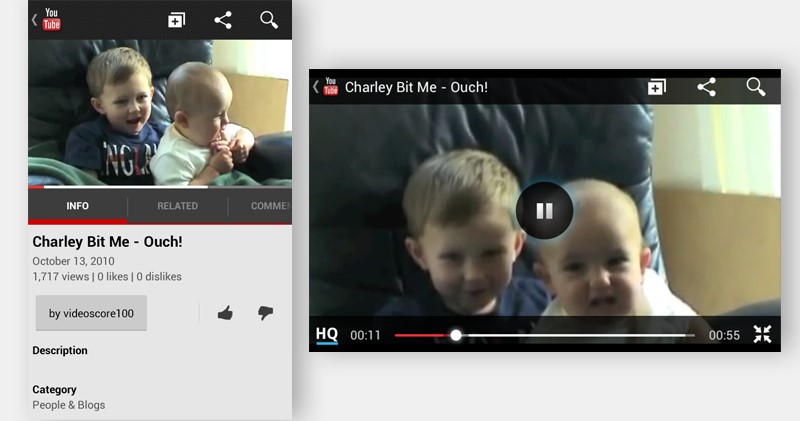

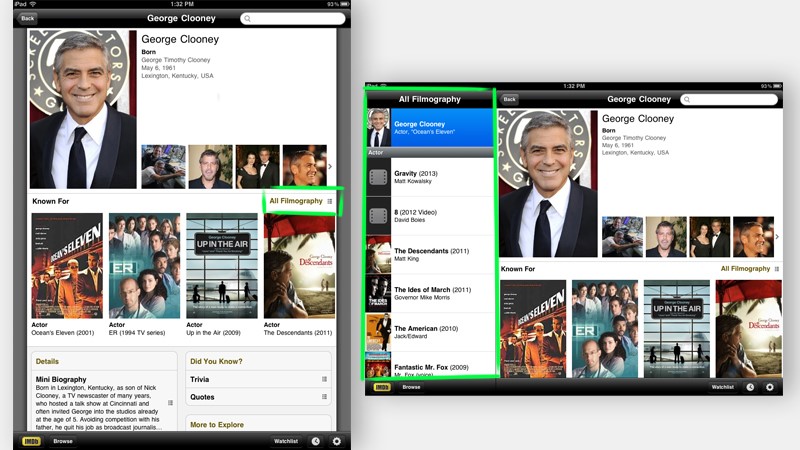
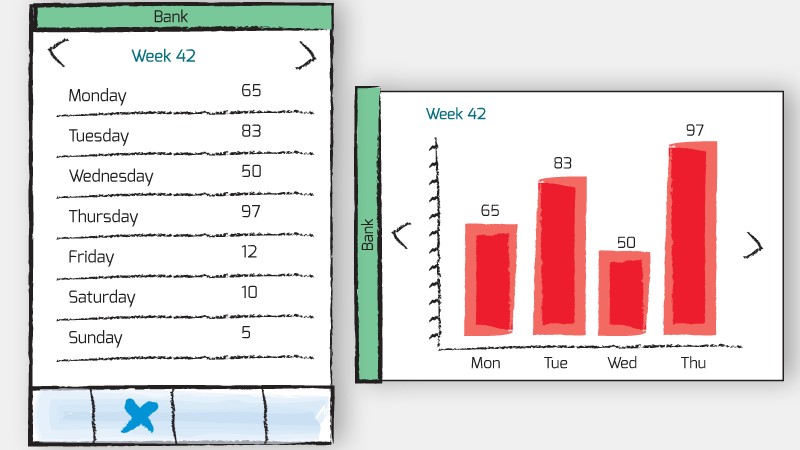
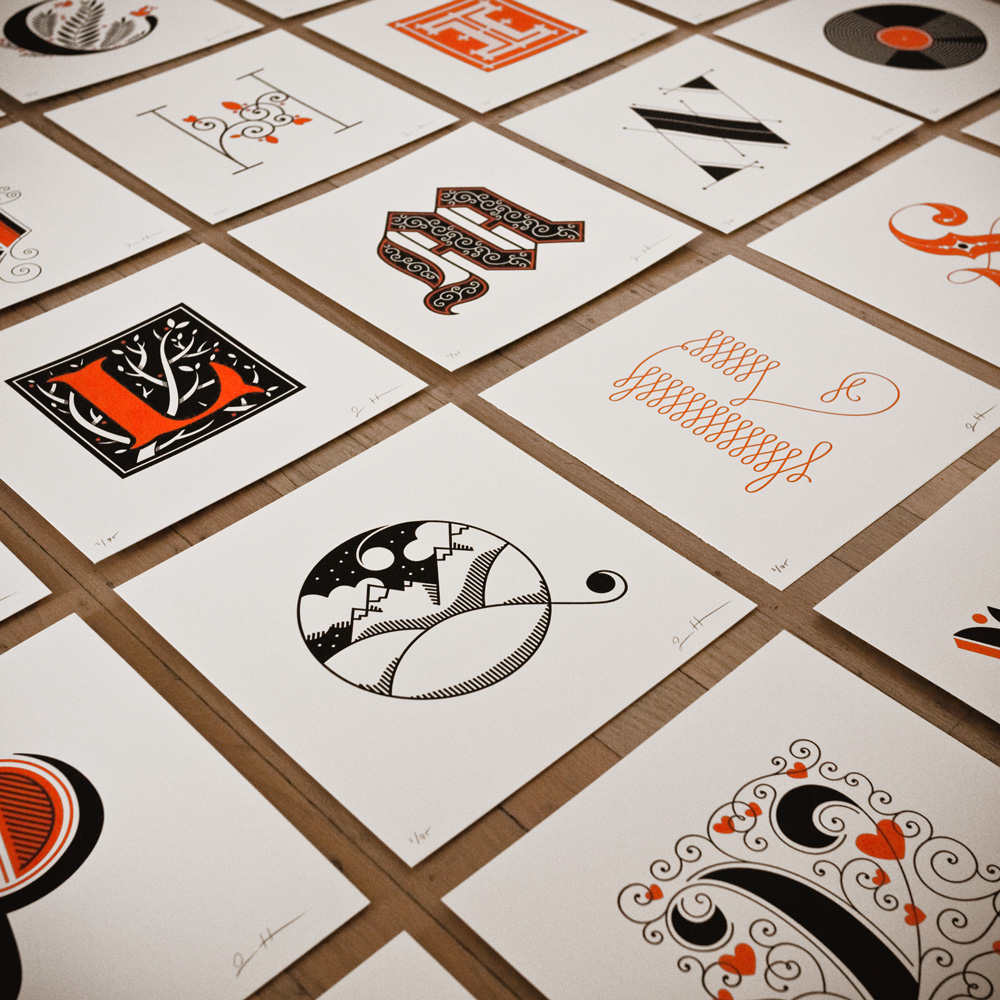

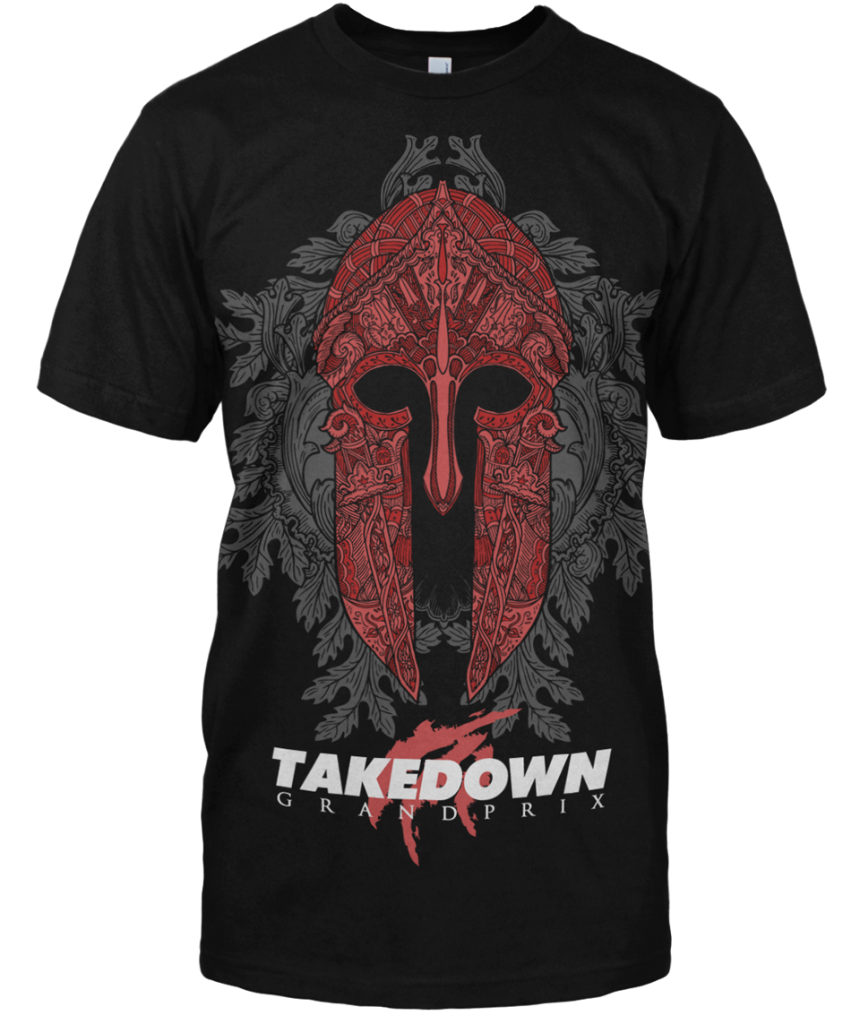 Alex Singleton (me!) – Hunting Town Design House
Alex Singleton (me!) – Hunting Town Design House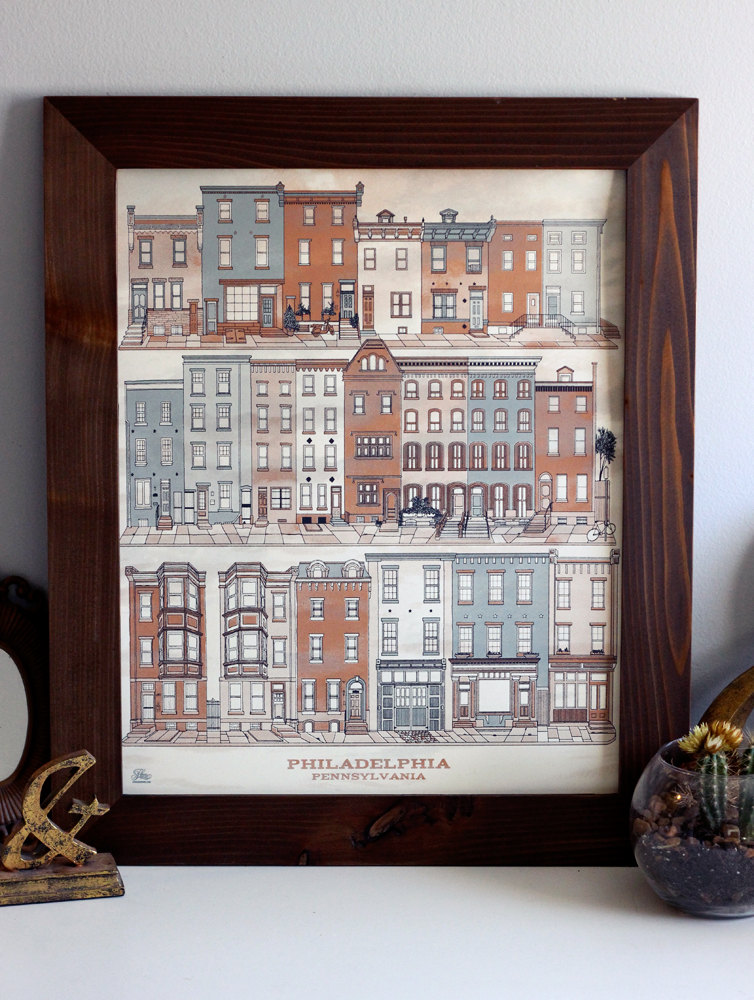 Mark Brickey – Hero Design Studio
Mark Brickey – Hero Design Studio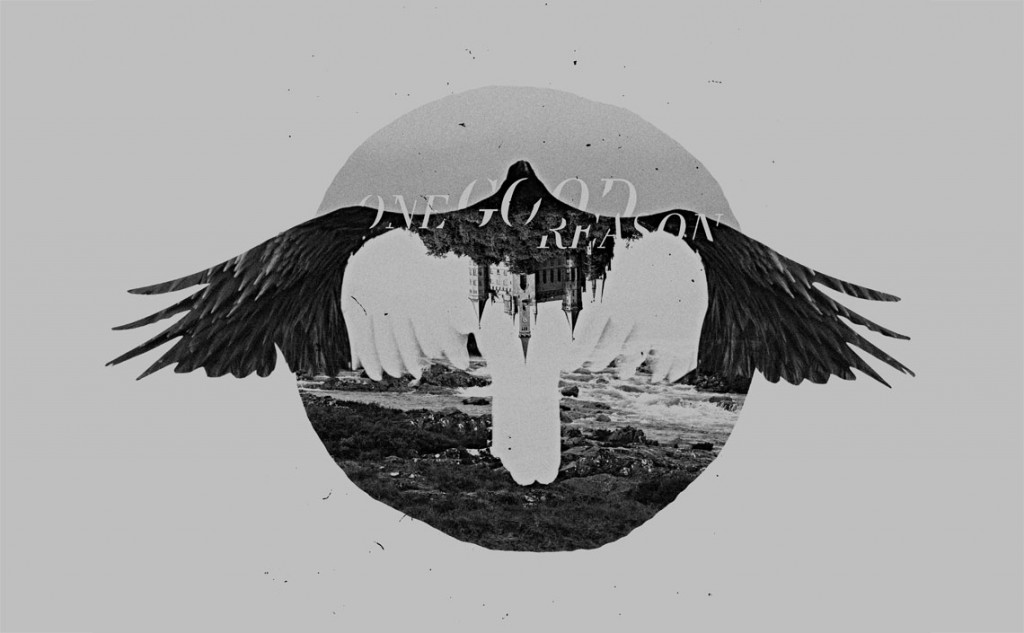 Jeff Finley – Go Media
Jeff Finley – Go Media Brent Galloway
Brent Galloway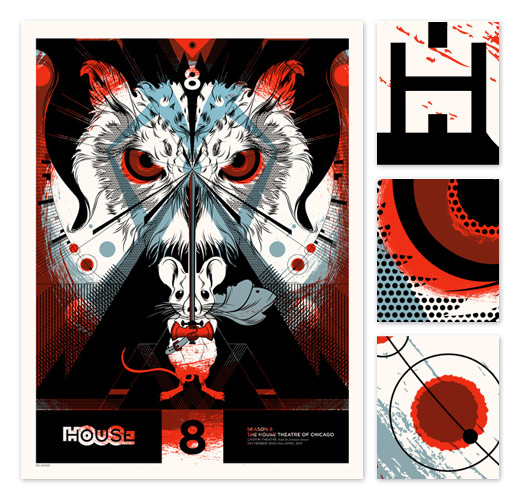 Billy Baumann – Delicious Design League
Billy Baumann – Delicious Design League Erik Marinovich
Erik Marinovich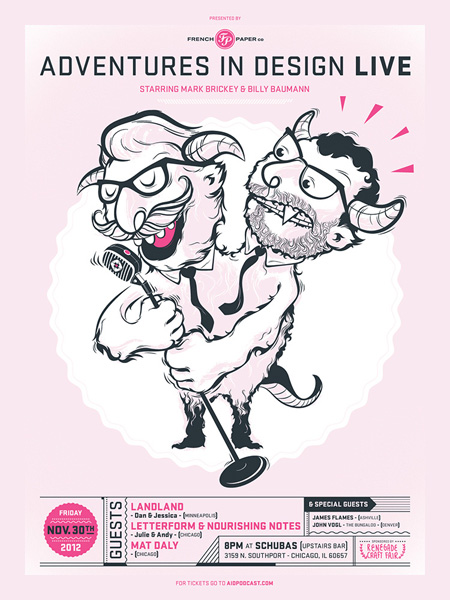 Mark Brickey & Billy Baumann – Adventures in Design Podcast
Mark Brickey & Billy Baumann – Adventures in Design Podcast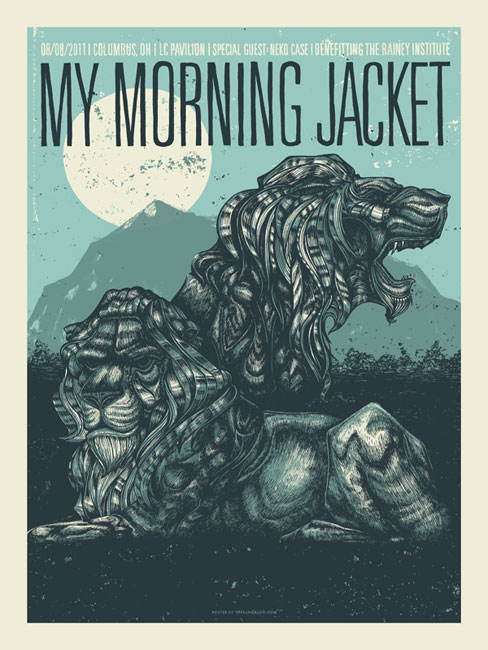 John Vogl – The Bunglaoo
John Vogl – The Bunglaoo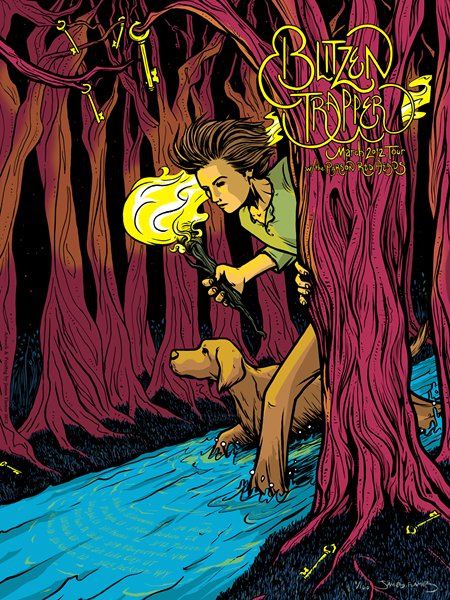 James Flames
James Flames